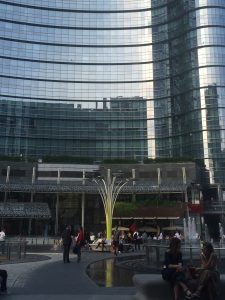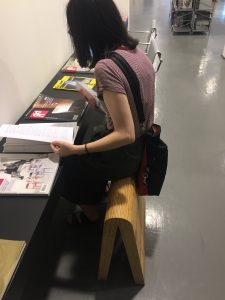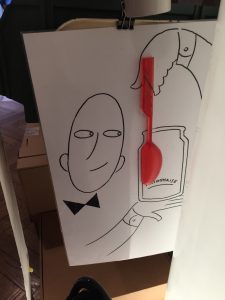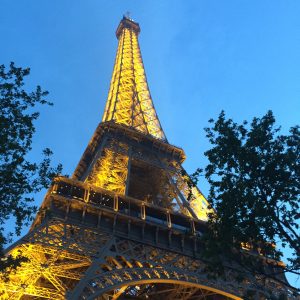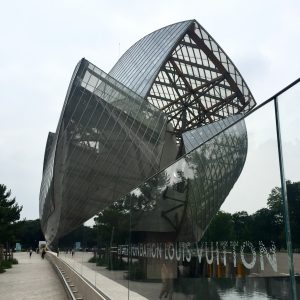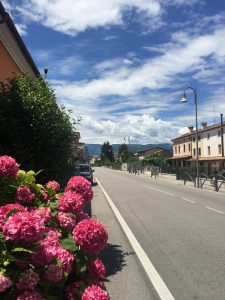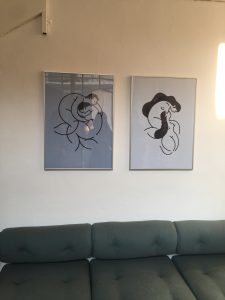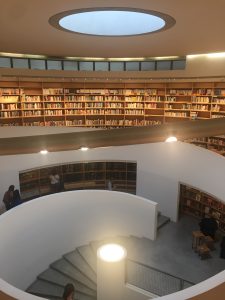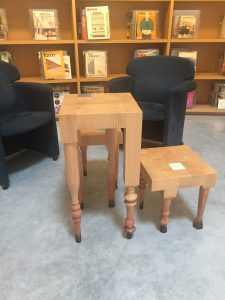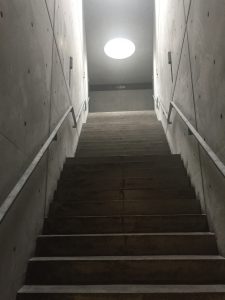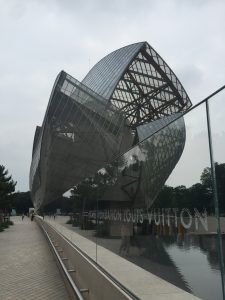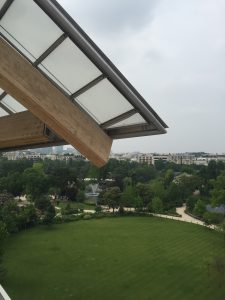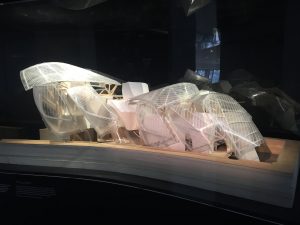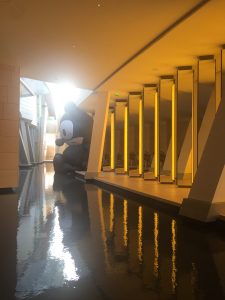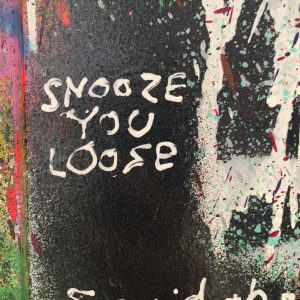What I learned from this trip was way more than I expected before coming to this program. All the experiences started from the moment when I got off the plane and touch the ground of Italy. Hearing people around me speaking a language that I didn’t recognize at all was both exciting and frightening for me. I feel I not only learned a big deal about Italian architecture and design but also about how different cities in Europe manages their city planning along with their long history and peculiar culture. Considering my East-Asian background, I felt I was more interested in Asain culture and design but not that in the European design. However, after this time in Milan, now I experienced the delicateness of Italian design. We’ve seen how Italians incorporate design deep fully to their daily life from as small as a teaspoon to as big as buildings.
It was nice that we could have the opportunity to visit other cities of Italy like Como, Omegna (Alessi Museum), Treviso and Venice. Smaller cities/towns have a totally different atmosphere than bigger cities like Milan or Venice which was nice and relaxing to encounter this difference after staying in Milan for a while. The visit to Alessi Museum and Artemide was one of the highlights for my trip. I loved how Alessi explained to us their main approaches when they choose their final products to produce: function, sensoriality memory imaginary, communication language, and price. This criteria formula gave me a basic idea about product design process which I’ll probably use it for my future design process. Our visit to both Alessi and Artemide also showed us the production process of their products, especially at Artemide. Their packaging and storage system helped me to think more about the use of space for storage and the security of products during the shipping process.
Being at Milan most of the time made me have even homesick when I was traveling around during the weekends. But weekends were one of the best opportunity to travel and explore other places. I loved the fact that I could visit several places with different architectural buildings such as Milan, Florence, Paris, Venice, etc. I feel Paris was the most impressive city that I’ve visited during the weekends, even we only stayed there for a day and a half. It was the most exhausting trip that I’ve ever taken in my life. We visit the Louvre, the Museum of Decorative Arts, the Center of Pompidou, the Foundation Louis Vuitton, the Arc de Triomphe de l’Etoile and we ended up the day with the visit to the Eiffel Tower. We went from the most iconic monument of Paris, the Arc de Triomphe, to one of the most modern buildings designed by Frank Gehry, the Foundation Louis Vuitton. The whole architectural experience across the city was amazing to observe in person.
My overall experience in Milan was amazing. I love the fact that many objects that we saw in exhibitions or studio spaces are broadly used by the public. That means people love them either for their function or for the meaning behind it. Even I’ve already stayed in Milan for a month, I feel I should live here for an entire year to experience and explore every corner of this city. Wish I could come back in the future! Ciao, Milano.
